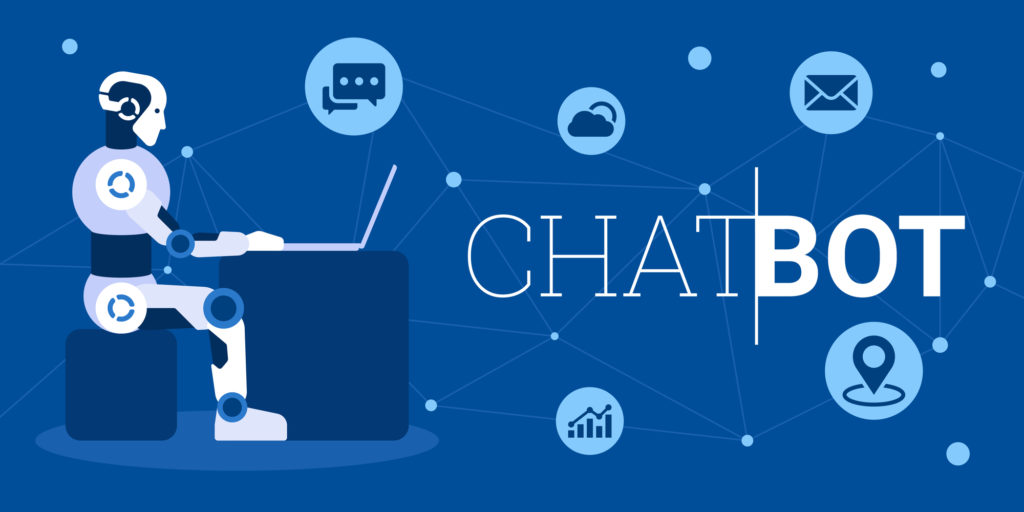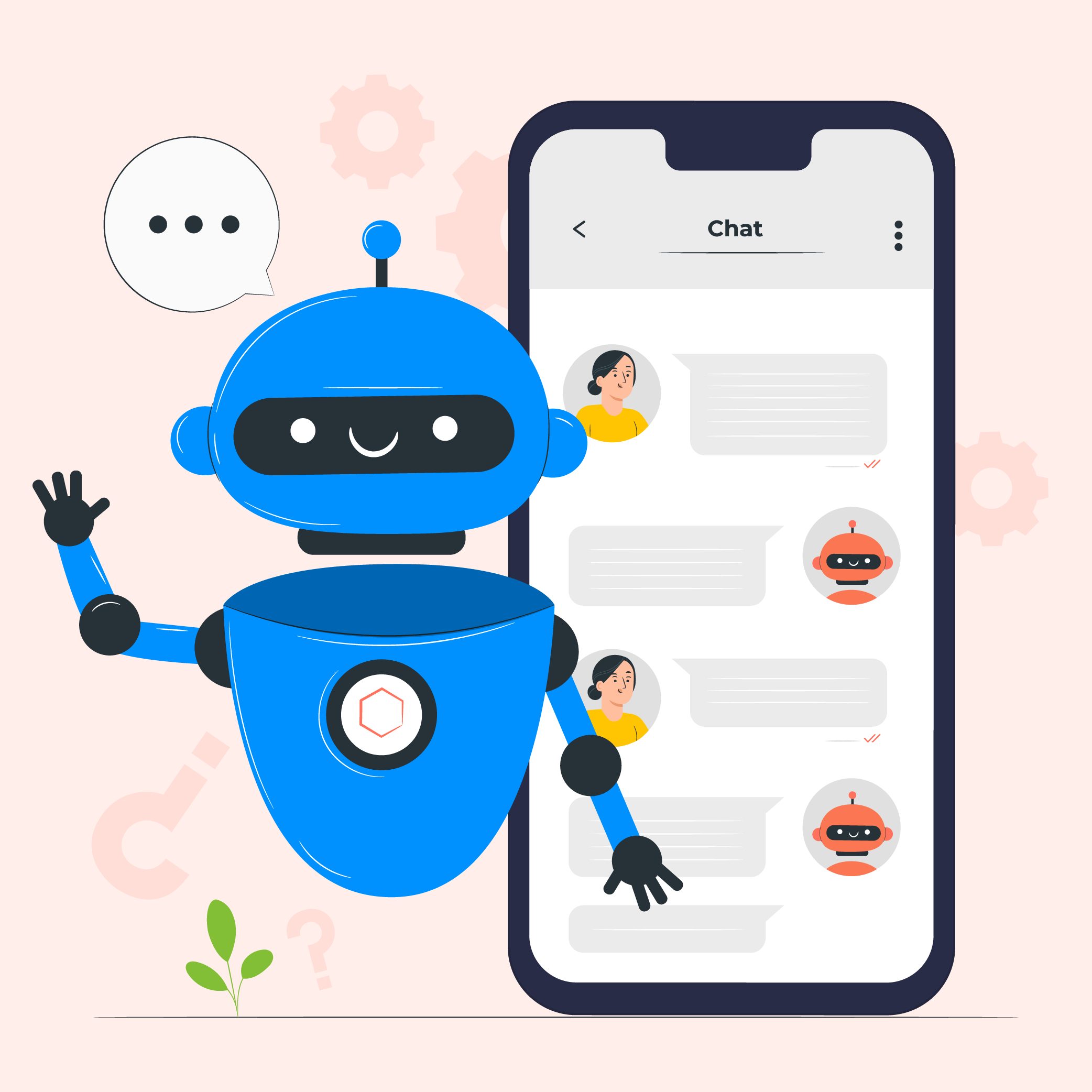
Chatbots are computer programs that simulates and processes human conversation (either written or spoken), allowing users to interact as if they were communicating with a real person. Most Chatbots are basic programs that are designed to answer simple queries with a single-line response, or more advanced digital assistant that constantly learn and evolve as they gather and process information through the processing power of Artificial Intelligence.
Depending on it’s programming, the information retrieval process mainly involves: (i) natural-language processing (NLP) and (ii) machine learning (ML) as a form of Artificial Intelligence
There are two main types of chatbots: (i) Task Orientated and (ii) Data Driven Chatbots
Task Orientated Chatbots
Task Orientated Chatbots (also known as Declarative Chatbots) are single-purpose programs that focus on performing basic functions. Using processes such as NLP and minimal AI Machine Learning, they generate automated but conversational responses to user inquiries. Interactions with these chatbots are highly specific, narrow and structured and are mainly applicable to support and service functions. They are easy to create, manage and program for most users and are considered to be the most accessible form of Chatbots for most users.
Data Driven Chatbots
Data Driven (also known as Conversational Chatbots) are often referred to as virtual or digital assistants. They are much more sophisticated, interactive and personalized compared to task-oriented chatbots. These chatbots are contextually aware and use a variety of processes to adapt and learn. They make use of predictive intelligence and data analytics to enable personalization based on user profiles and behaviour such as browsing history, cookies data or digital advertisements to formulate different responses. Compared to Task Orientated Chatbots, AI Chatbots have the ability to constantly evolve and improve over time as they analyze various forms of data, speech and analytics to adapt to their environmental demands. Apple’s Siri and Amazon’s Alexa are examples of consumer-oriented, data-driven, predictive chatbots.
Opportunity Statement
For most educators, teaching only forms part of their work due to the scale and complexity of the learning environment. As they’re required to process high volumes of information and administrative data on a regular basis, at times this increases their workload even before any actual teaching has taken place. As resources are limited in most classrooms, the use of a Chatbot can help alleviate situations which takes up valuable teaching time and instead, allows the educator to shift their attention more towards class preparation and enhancing the overall learning experience for students.
Chatbots can promote better effectiveness and efficiency in the classroom as they are easily compatible with most forms of modern educational technology and due to their ability to adapt on a long term basis, their longevity is a strength that enables them to be used as a form of renewable and low maintenance resource.
In addition to teaching, Chatbots can also be used in other social contexts such as counselling, help lines, sending reminders, facilitating better communication between parents and teachers along with anticipating problems such as low class attendance rates.
From a ventures & business development perspective, Chatbots can also help schools and higher education institutes remain organized and competitive. Information can easily be provided to interested parties while leaving a positive impression for most users.
Such advantages include:
- Immediate Access to Information
- Streamlined Technical Support
- Increases Class Engagement
- Personalized Learning Experience
- Smart Feedback
- Enriching Distant Learning and online classes
In addition to teaching, there is further value to be pursued in terms of implementation into the following aspects within an Educational Institutional structure
- Research and Development (New courses, curriculum revision, new technology)
- Advisory
- Assessment
- Administration
Given the role chatbots are playing in our online experiences and how AI is driving their increasingly sophisticated implementation, chatbots aren’t just beneficial to education, its arguable that they are essential as a form of expanding and constantly improving asset that can help shape the future of social learning.
Essential Resources and Guides
Chatbots: The Definitive Guide 2022
Study: Students Prefer Chatbots over Search Engines
5 Benefits of Chatbots for Education
Promising Benefits of Chatbots in Education
Advantages of Machine Learning and AI Chatbot
This is a repost of Week 8: Chatbots by Meagan Strome and John Wu

A lot has already changed between the publishing of this post and today. With generalized systems like ChatGPT, there are new uses that will become prevalent in education.